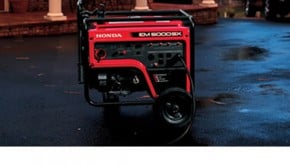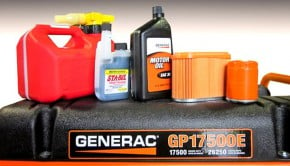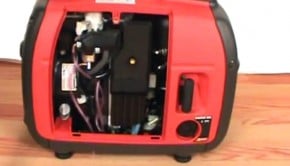How Generators Work
What is a Generator?
A generator is a piece of equipment that temporarily provides electricity when it is not available. Generators come in various sizes and range from being able to power just a small television or microwave to being able to power an entire business.
Types:
- Portable Generators
- Standby Generators
Main Components:
- Engine
- Alternator
- Voltage Regulator
- Control Panel
- Permanent Magnet (Stator)
How it works:
- The engine is started and powered by gasoline (or other fuels in some cases)
- The armature inside the generator uses a residual magnetic charge to begin rotating
- The armature keeps increasing in speed, being pushed by the magnetic field of the permanent magnet.
- As speed increases so does the magnetic field
- Once at a steady speed the spinning levels out and remains consistent
- Energy is generated by the spinning and it travels through insulated wires to create an electrical output to power your appliances
Maintenance Tips:
- Be sure to check the recommended maintenance schedule located in your owner’s manual, and to consistently inspect and maintain your generator
- Tune up your generator for storm season
- Portable generator safety
- Change the oil in a portable generator
- Change the air filter on a portable generator
- Change the spark plug on a portable generator
Jack’s Safety Tips: Before servicing or repairing any power equipment, disconnect the spark plug and battery cables. Remember to wear appropriate safety glasses and gloves to protect against harmful chemicals and debris. View our Disclaimer.
Featured Parts:







2 Responses to How Generators Work